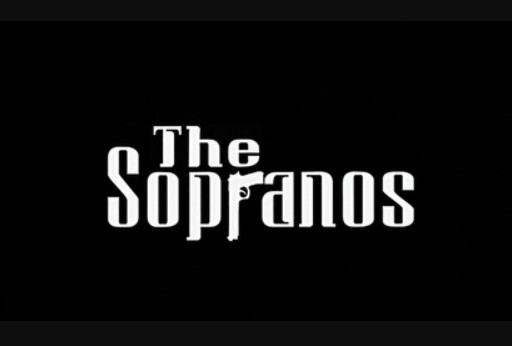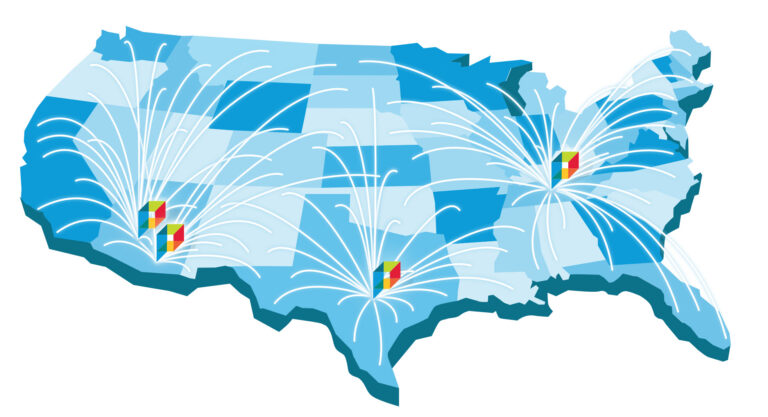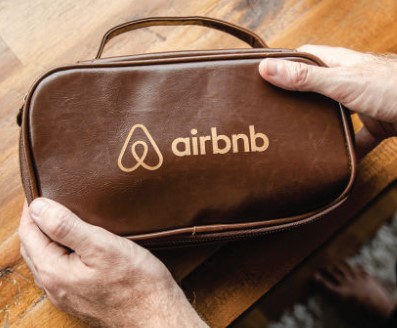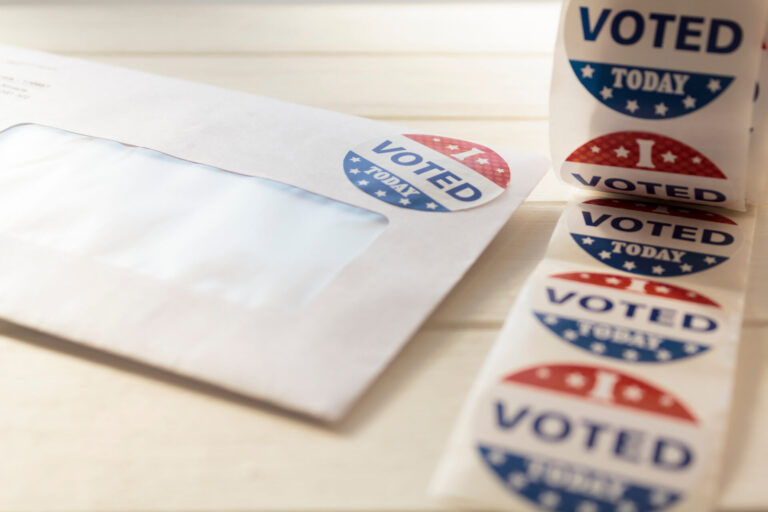Having a brand is a big responsibility. Your brand is a promise that you make to your customers. It only works if you can deliver on that promise consistently day-in and day-out.
If your business creates running shoes, your brand is promising to give runners a comfortable and elevated experience versus non-running shoes. If the shoes you produce fall apart after one run, or don’t have any grip and cause your customers to slip, your brand isn’t delivering on your promises, and if the issue continues, you’ll end up not having any customers left.
While assets aren’t quite the same as products, they’re a major part of delivering your brand’s customer experience, whether that experience is a positive or a negative one.
Let’s talk about brand assets, and why they should matter to you.
What is a Brand Asset?
Well, they’re just that. Brand assets are unique elements that convey meaning about and promises by a company to the minds of consumers. Brand assets also make it easier for consumers to emotionally connect with the brand by creating recognition and familiarity.
Your brand assets are valuable because they equal cash inflow for your business, as they’re seen by customers, employees, and the public.
Brand assets can range from brand name, logo, tagline, symbols, and typography to a mascot, slogans, shape, smell, and touch.
Because they have so much value, your brand assets need to be protected. They also need some TLC every now and then, and they need rules to ensure the brand grows properly.
What is Brand Asset Management?
Brand asset management (BAM) is the process of maintaining your assets and keeping them consistent to what customers expect. Think of it as babysitting your brand. If you let your brand out of your sight (for even a couple minutes!), there’s no telling what could happen.
Here are four steps to ensure that your brand’s assets are managed correctly:
- Organize your assets
- Create guidelines on how staff can access and use your assets
- Audit your assets for inconsistencies
- Physically or digitally store your assets
One of the easiest and best ways to store assets digitally is with digital asset management (DAM) software, most commonly called web-to-print.
The Brand Assets You Need to Manage
Brand assets vary widely, especially industry to industry. Here are some of the core assets we’d recommend actively managing.
Brand Name
As the primary identifier of your brand, your brand’s name needs to be protected. This starts with a trademark to own your name and protect it from competitors or unauthorized users.
You’ll also want to own your website domain and social media handles to keep your name top-of-mind and make it easy for people to find you. We’ll touch on that a little later.
Logo and Color Palette
A logo is a direct representation of your brand. When used correctly, a logo, along with a consistent color palette, can help you attract and convert customers.
These also help consumers and prospects identify your brand. Consider McDonald’s logo and colors. Their logo remains consistent, even though they have almost 40,000 locations all over the world. Plus, their specific yellow and red colors are unique to their brand.
If you close your eyes, you might just be able to remember road trips as a kid, driving towards the golden arches in the distance.
No matter how large your brand is, consistency is key with your logo and colors.
Typography
When it comes to fonts for your brand, be picky. You don’t want to throw around the “Mobsters” font in your marketing materials just because it looked really cool in the Sopranos.
Having guidelines about what fonts your business uses, how they’re treated, and where they’re allowed to be used will be helpful as you develop more marketing materials.
Creative Files and Digital Media
Think client presentations, letterhead, postcards, press releases, or infographics: these assets are anything used for marketing or sales. These assets are probably pretty popular in most departments, so having clear instructions on how to use them is important.
This can include:
- Photography
- Presentation Folders
- Business Cards
- Posters
- Brochures
- Flyers
- Note cards
- Invitations
- Envelopes
- Address Labels
- Letterhead
- Menus
- Postcards
- Testimonials
- Sales Sheets
- Videos
- Presentations
- Text Files
- Graphics
- Email Templates
- Audio Files
- PDFs
- HTML Documents
- Forms
- Digital Content
As you can tell, the list seems to go on forever. That’s why having a digital asset management system comes in handy. It not only lets you manage these assets but protects them as well, because they’re all in a centralized location.
Style Guide
A style guide is where the clear brand instructions should all live. Directions such as size, colors, design, fonts, printing instructions, and legal/licensing restrictions should be included in this guide.
In addition, a style guide is a living document, and should be updated often with any new projects and collateral, updated guidelines, and new designs.
Digital Marketing Channels
Anything you do digitally or online is an asset for your company. This means your website, social media channels, and any digital advertising done by your brand are not only important assets to manage but are also probably your most viewed assets, as a lot of consumers are shopping, sharing, and engaging with brands online.
In addition to your brand’s owned digital channels, you’ll need to make sure that any of your employees or leaders of your company who are posting on their personal profiles to market your brand are following your guidelines. While this isn’t usually required of staff members, it’s helpful to build out those guidelines in the case they want to share with their personal network.
Packaging
The packaging of your products should also reflect your brand. It’s one of the first things your customers will see, and first impressions are important.
This comes down to the size, colors, look, and feel of the packaging that houses your product. Just think about that distinct feeling you get when opening up a pearlized white box holding your new iPhone. Now imagine getting that same iPhone wrapped with a cheap plastic cover. Packaging matters.
GREAT BRAND ASSET MANAGEMENT MEANS MORE MONEY
Brand assets connect your promise with the needs of your customers, which directly equates to cash in your figurative pocket. The bottom line is that brand assets affect your bottom line. That’s why having guidelines in place to manage all of them is critical.
Organization, consistency, and brand standards are key. Having seen how much value companies gain with a digital brand asset management system, we can’t stress enough the importance of having one.
Help manage your brand with a web-to-print storefront. Click below to take our free digital audit.












